Since its debut in 2016, Stranger Things has consistently ranked among Netflix’s most beloved and widely-watched original television series.
Its unique brand of creepy supernatural horror has proved to be a major hit with global audiences. The show’s popularity is certainly due to various factors.
Still, one aspect that has really caused Stranger Things to stand out from the pack is the unorthodox plot of the show, which features alternate dimensions, human experimentation, and 1980s cold-war conspiracies to boot.

When crafting the plotlines for Stranger Things, series creators Ross and Matt Duffer confirmed that they drew inspiration from multiple true crime stories, coupled with strange and mysterious conspiracy theories about the United States military.
In this article, we’ll examine some of the real-life events and conspiracy theories that inspired Ross and Matt Duffer during the creation of Stranger Things.
1. How The Montauk Project Inspired Stranger Things’ Secret Government Experiments
Of all the stories and conspiracy theories that inspired the Duffers to create Stranger Things, the one that inspired them the most was perhaps the conspiracy theory of The Montauk Project.
A conspiracy theory that became popular in the early 1980s, the Montauk Project conspiracy was fully realized in the early 1990s following the publishing of Preston B. Nichols’ popular book on the subject, The Montauk Project: Experiments in Time, which you can buy on Barnes & Noble and Amazon.
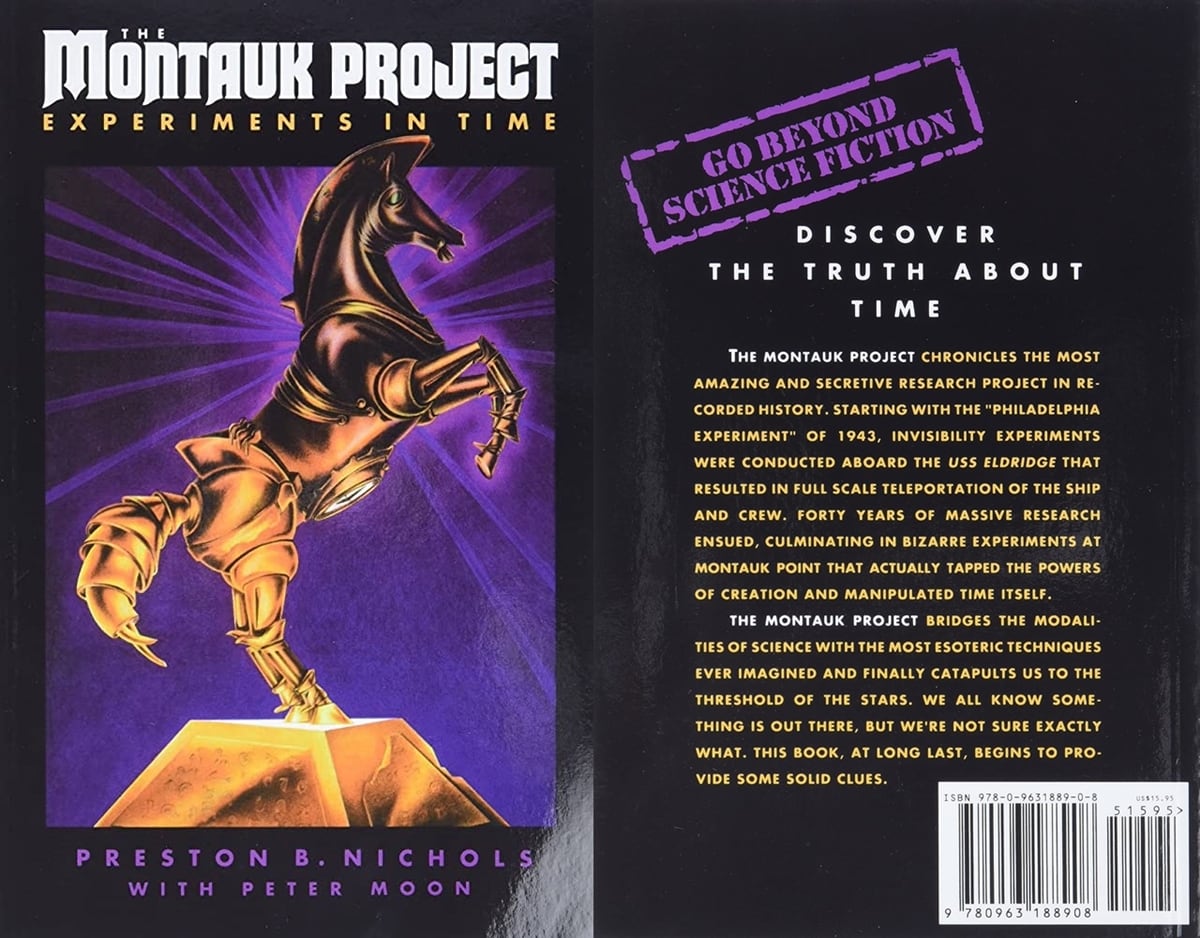
In the book, Nichols alleges that he was one of the project’s unwitting test subjects and describes his experiences in the clandestine experiment.
The Montauk Project conspiracy theory alleges that the United States military conducted experiments involving time travel, paranormal research, and inter-dimensional travel at Montauk Point in rural New York.
The site of the alleged experiments was either Camp Hero State Park (a military base that existed during the 1940s) or the Montauk Air Force Station, which existed until the early 1980s. In Nichols’ book, the author explains that the Montauk Project also aimed to develop humans with psychic powers, which they allegedly achieved.
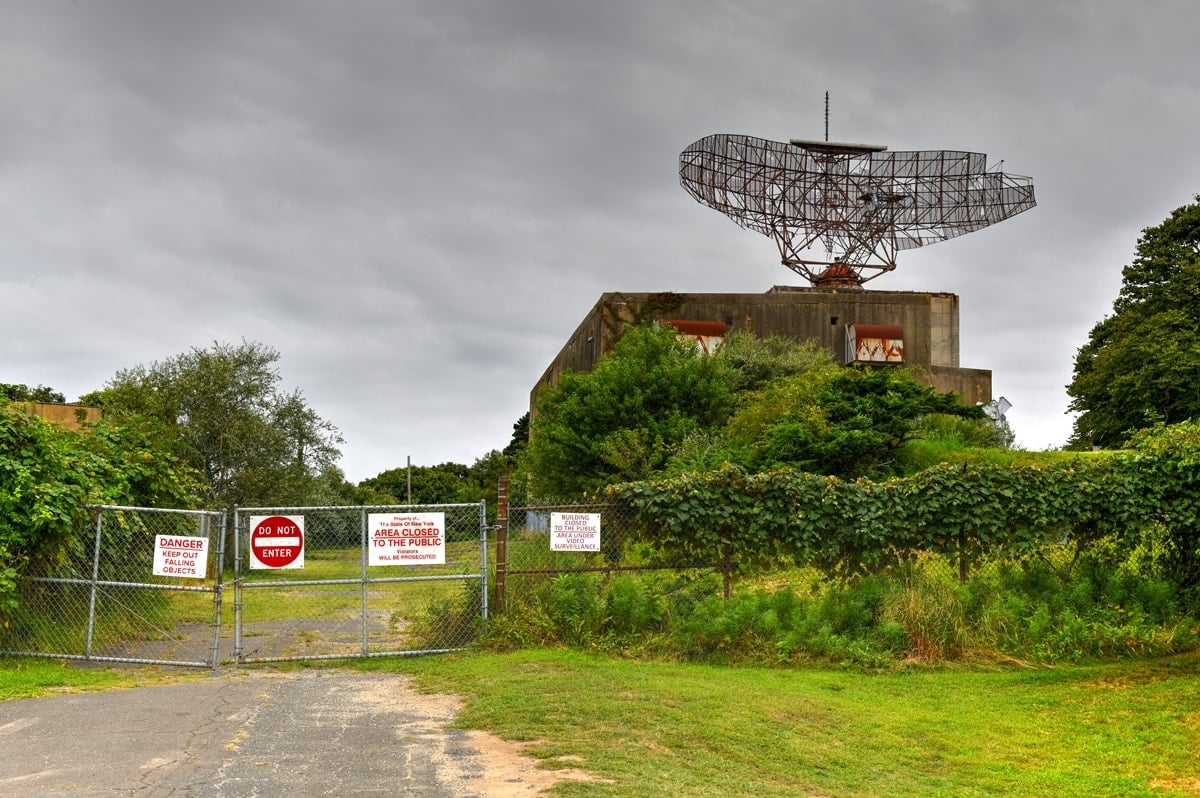
The inspiration for the Montauk Project conspiracy theory is quite obvious in Stranger Things, as the character of Eleven is written as a person with psychic abilities due to the results of a secret government project, explained to be the MKUltra Project (more on that later).
Stranger Things also features the “upside down,” an alternate world similar to the one described in Nichols’ book.
2. The Real-Life MKUltra Project and Its Influence on Eleven’s Powers
Unlike the Montauk Project (which exists solely as an unproven conspiracy theory), the MKUltra Project was a real secret project carried out by the Central Intelligence Agency (CIA) from 1953 to 1973.
The goal of the project was to develop effective techniques and drugs to weaken individuals and induce confessions psychologically.
To develop these techniques, the CIA used mind-altering substances, mental torture, hypnosis, electroshocks, and sexual abuse. The ultimate goal of the program was to create an actual “truth serum” to use against Soviet spies during the midst of the Cold War.
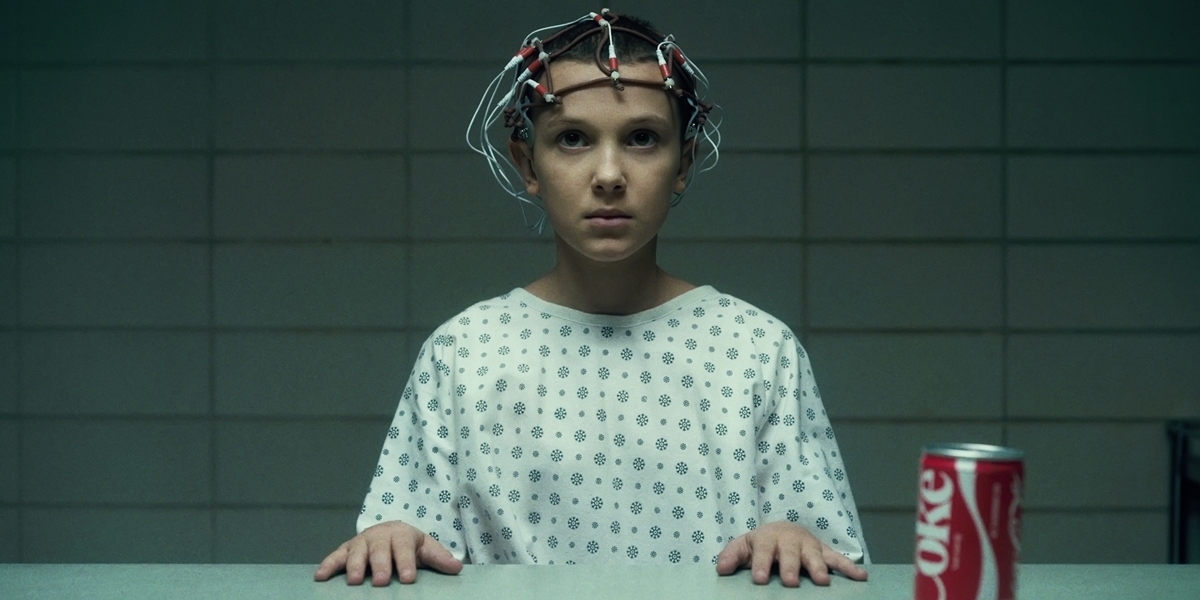
During the duration of the experiment, the CIA experimented on thousands of unwitting Americans and Canadians, often leaving them with negative psychological effects because of the experiments.
While the actual goal of the MKUltra project is not referenced within the plot of Stranger Things, the project is mentioned as being where Eleven eventually received her mental powers, as her mother was one of the many unwilling participants in the experiments.
This theme is further explored when Dr. Brenner kidnaps Eleven, subjecting her to further experimentation to strengthen her mental powers.
3. The West Memphis Three: Stranger Things’ Take on the Satanic Panic
In the early 1990s, three teenagers in West Memphis, Arkansas (Damien Echols, Jessie Misskelley Jr., and Jason Baldwin) were accused of killing three eight-year-old boys in an alleged satanic ritual sacrifice.
The allegations came during the end of the “Satanic Panic,” which occurred during the 1980s and 1990s. They involved thousands of alleged cases of satanic ritual abuse during a period of paranoia surrounding satanism.

Despite a lack of evidence, the three metal-loving, socially outcast teenagers were blamed for the murders. After being convicted of the crime in 1994, their sentences were prematurely ended in 2011 following a re-assessment of the evidence surrounding the case. They had served 18 years in prison by this time.
The Duffers drew inspiration from these cases for a plotline in the fourth season of Stranger Things involving fan-favorite character Eddie Munson.
In a recent interview with Deadline, the Duffer brothers admitted to wanting to “explore the idea of satanic panic” after seeing a documentary on the case called West of Memphis.
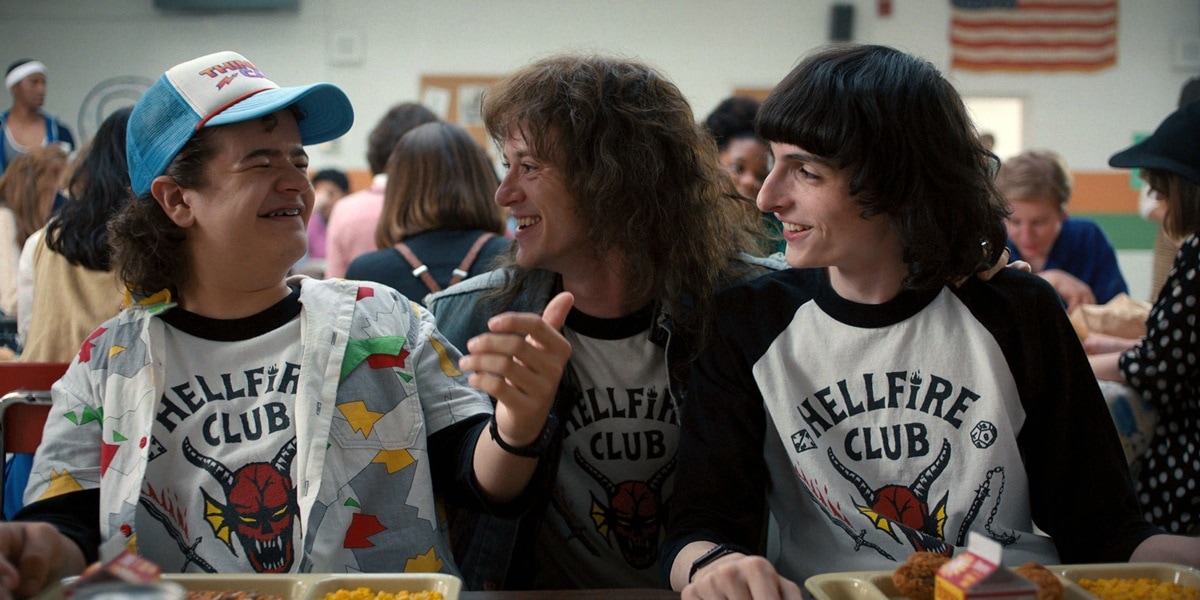
In the show, Eddie Munson is a metalhead who is blamed by the townspeople for the mysterious death of Chrissy Cunningham, the lead cheerleader of Hawkins High School.
This was definitely inspired by the case of the West Memphis Three, as they, too, were blamed for murder due to their style of dress and love of metal music.
4. Etan Patz and the Chilling Inspiration Behind Will Byers’ Disappearance
On May 25th, 1979, six-year-old Etan Patz disappeared while walking two blocks away from his home in the SoHo neighborhood of New York City on his way to school.
The case sent shockwaves throughout the United States and caused a major shift in the awareness of child abduction cases. Etan Patz was one of the first children to be featured on the side of milk cartons across the nation.
His disappearance caused the nation to instate new procedures regarding how missing children cases are investigated.
In 1983, then-president Ronald Reagan declared May 25th as National Missing Children’s Day in honor of Etan Patz. Years after the case had gone cold, Etan Patz was declared legally deceased in 2001.
In 2017, Pedro Hernandez was convicted of abducting and murdering Patz, following a confession he made in 2012.
The disappearance of Etan Patz (and the panic that followed it) allegedly inspired the plotline revolving around Will Byers’s disappearance in the show’s first season.
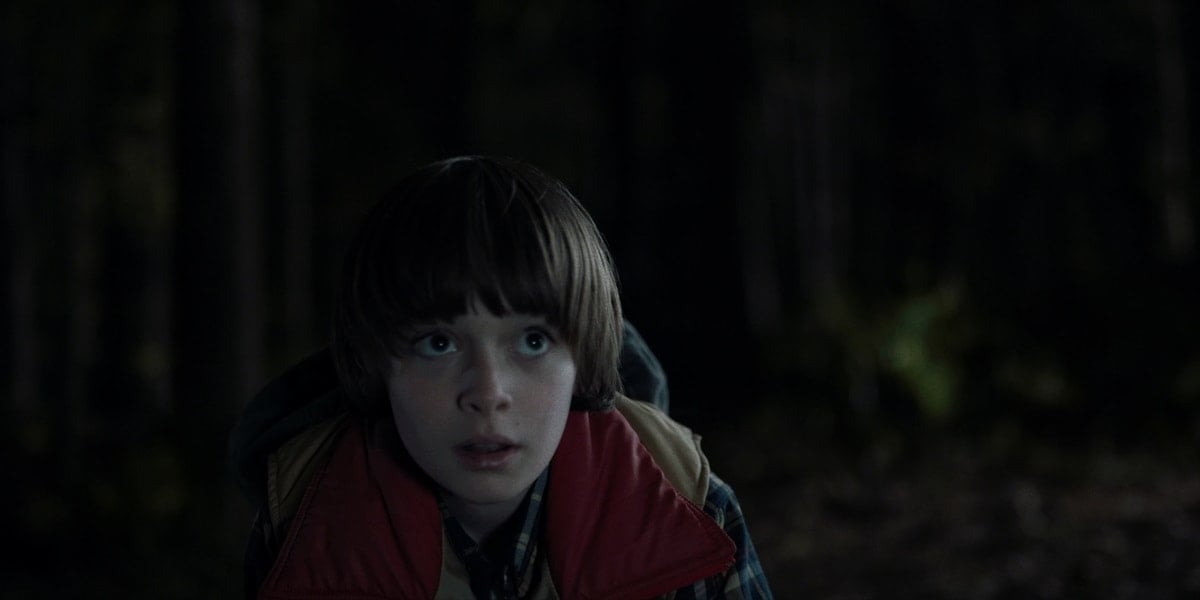
However, while Etan Patz was unfortunately never found, Byers is eventually revealed to be trapped in the “upside down,” the alternate world in Stranger Things.
What Real-Life Stories Will Inspire the Final Season of Stranger Things?
In conclusion, the Duffers have consistently inspired the engaging plotlines for Stranger Things by using real-life stories and conspiracy theories.
We’re curious to see what other stories from the 70s, 80s, and 90s the Duffers will draw from for the next season of Stranger Things, which has been confirmed to be the show’s last season.
